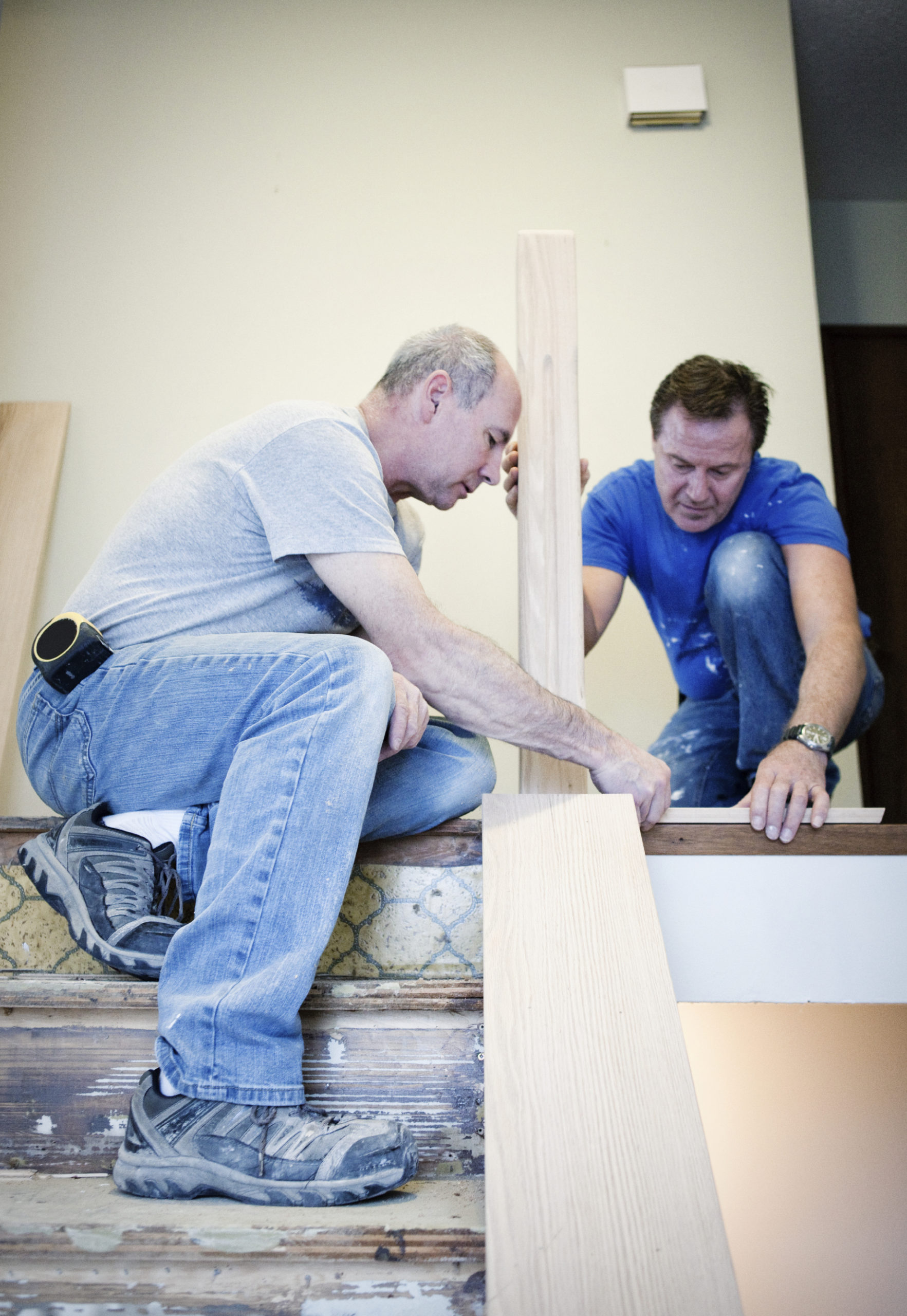It took creative thinking for one IRA investor to ensure the expenses of his rehab project did not cripple his profit potential, while also tapping into the potential of those who worked on his project.
Scott, an investor from Ohio, found a house in a sought-after part of town with a reputation as a public nuisance. “The property was an eyesore in a nice community and needed a fair amount of work,” he recalled.
Scott realized the favorable location provided profit potential, despite the needed repairs, so he used his self-directed IRA to purchase the home.
A Fixed Cost for Repairs and a New Beginning for Employees
Scott worked with a local contractor who hired employees recently released from prison. These individuals were trying to get their lives back on track by earning an honest living.
Scott reached an agreement with his subcontractor that specified a fixed amount of $24,000 for the rehab and renovation of the home. The arrangement helped him factor the expected return on investment (ROI) and reduced the risk of overextending his IRA funds on extra improvements that were not necessary to make a profit.
The fixed expense allowed his subcontractor to budget exactly what needed to be done to improve the property. Scott even finalized the subcontractor agreement before his IRA closed on the deal. His IRA was able to acquire the property with a clear and concise financial projection.
Tracking the Numbers – Money Flowing to and from the IRA
Scott’s subcontractor ended up going slightly over budget but did not miss the $24,000 goal by much. In just four-and-a-half months Scott sold his rehabbed property for a 32-percent ROI. All told, Scott’s investment breaks down like this:
Expenses paid from the IRA
- Initial Purchase: $68,404.55
- Total Expenses: $25,947.63
- Subcontractor Expense Budget: $24,000
- Subcontractor Additional Expense: $1,000
- 4½ Months of Utilities: $947.63
- Total Costs (expenses + purchase price): $94,352.18
Profit Returned to the IRA/Results of the Deal
- Sale Price: $125,265.39
- Total Profit: $30,913.21
- Return on Investment: 32.76% in 4 ½ months
When your IRA owns an investment, all expenses related to the investment are paid from the IRA and all profits return, tax-advantaged, to the IRA. For more information, please visit Step 5 of the 6 Step Investment Process.
Adding Value to a Community and a Portfolio
By capping his expenditures, Scott was able to more accurately predict and anticipate his investment return. Since real estate is a tangible asset, something you can walk through and inspect, it may be easier for individuals with real estate experience to predict and plan for the investment.
While the value of real estate is affected by market conditions and a host of other factors, real estate investors have the potential to add value to the property with improvements and renovations. When you upgrade a dilapidated kitchen with new kitchen cabinets, appliances and floors, you can see the increase in value with your own eyes. It may also be easier to control the management, improvement, and sale of the asset.
Scott mentioned another, intangible, benefit to his investment:
“We did a good thing for the community. We greatly improved a nuisance property and supported the subcontractor’s employees who are working towards a new chapter in their lives.”
Return to read more investor stories of impact.
The above case study is for educational purposes only. Past performance is not indicative of future results. Investing involves risk, including possible loss of principal. Information included in the above case study was provided by the investor and included with permission. Equity Trust Company does not independently verify all information provided by third parties.

